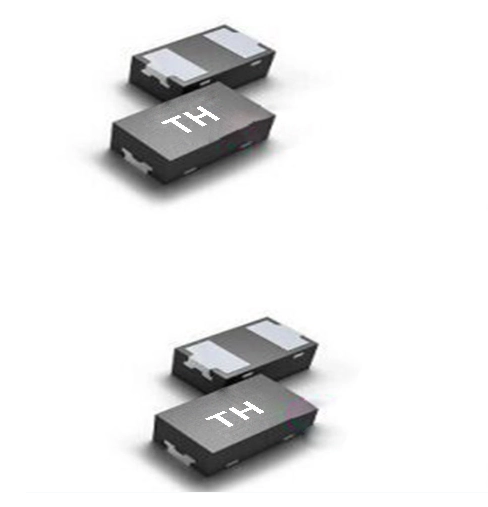In an era where climate change and environmental degradation are pressing concerns, the quest for sustainable living has never been more critical. One of the most impactful ways individuals can contribute to a healthier planet is through the construction and design of eco-friendly houses. But what exactly constitutes the most eco-friendly house? This article delves into the key elements, innovative technologies, and design philosophies that define the pinnacle of sustainable living.
Understanding Eco-Friendly Housing
At its core, an eco-friendly house is designed to minimize its environmental impact while maximizing energy efficiency and sustainability. This involves a holistic approach that encompasses site selection, materials, energy consumption, water usage, and waste management. The most eco-friendly houses not only reduce their carbon footprint but also promote a healthier living environment for their occupants.
Key Features of Eco-Friendly Houses
- Sustainable Materials: The choice of materials is paramount in eco-friendly construction. Sustainable materials such as bamboo, reclaimed wood, and recycled steel are favored for their low environmental impact. Additionally, the use of non-toxic paints and finishes ensures that indoor air quality is maintained, promoting a healthier living space.
- Energy Efficiency: The integration of energy-efficient systems is a hallmark of eco-friendly houses. This includes high-performance insulation, energy-efficient windows, and advanced HVAC systems that reduce energy consumption. Moreover, the incorporation of renewable energy sources, such as solar panels and wind turbines, allows homeowners to generate their own electricity, further decreasing reliance on fossil fuels.
- Water Conservation: Eco-friendly houses prioritize water conservation through the installation of low-flow fixtures, rainwater harvesting systems, and greywater recycling. These systems not only reduce water consumption but also alleviate the strain on municipal water supplies, making them essential in areas prone to drought.
- Smart Home Technology: The integration of smart technology enhances the sustainability of eco-friendly homes. Smart thermostats, energy monitoring systems, and automated lighting can optimize energy use, allowing homeowners to track and reduce their consumption in real-time. This technology not only promotes efficiency but also provides valuable insights into energy usage patterns.
- Passive Design Principles: Passive design strategies leverage natural resources to maintain comfortable indoor temperatures, reducing the need for artificial heating and cooling. This includes strategic orientation of the house to maximize sunlight exposure, the use of thermal mass materials, and the incorporation of natural ventilation systems. By harnessing the environment, passive design minimizes energy consumption and enhances comfort.
Innovative Eco-Friendly House Designs
- Earth-Sheltered Homes: These homes are built into the earth, providing natural insulation and protection from the elements. The surrounding soil acts as a thermal mass, regulating indoor temperatures and significantly reducing energy costs.
- Tiny Houses: The tiny house movement emphasizes minimalism and efficient use of space. These compact homes require fewer materials and resources to build and maintain, making them an eco-friendly option for those looking to downsize.
- Modular Homes: Prefabricated modular homes are constructed off-site and assembled on location. This method reduces waste and construction time while allowing for the use of sustainable materials and energy-efficient designs.
- Green Roofs: Incorporating vegetation on rooftops not only enhances insulation but also contributes to biodiversity and stormwater management. Green roofs can significantly reduce urban heat islands and improve air quality.
The Future of Eco-Friendly Housing
As technology advances and awareness of environmental issues grows, the future of eco-friendly housing looks promising. Innovations in building materials, energy systems, and design methodologies continue to emerge, making sustainable living more accessible and appealing. Government incentives and regulations are also evolving to support green building practices, further driving the demand for eco-friendly homes.
Conclusion
The most eco-friendly house is not just a structure; it is a commitment to sustainable living and environmental stewardship. By incorporating sustainable materials, energy-efficient systems, and innovative design principles, homeowners can create spaces that are not only comfortable and aesthetically pleasing but also beneficial to the planet. As we move towards a more sustainable future, the importance of eco-friendly housing will only continue to grow, paving the way for generations to come to live in harmony with nature. Embracing these principles today is not just an investment in a home; it is an investment in the future of our planet.

More Stories
Essential Tips for Maintaining Aluminum Profiles After Professional Mechanical Polishing
High-Temperature Industrial Auto Paint Booth for Precision Finishing
Precision That Builds Quality: Advancing High-Accuracy Admixture Proportioning Scales